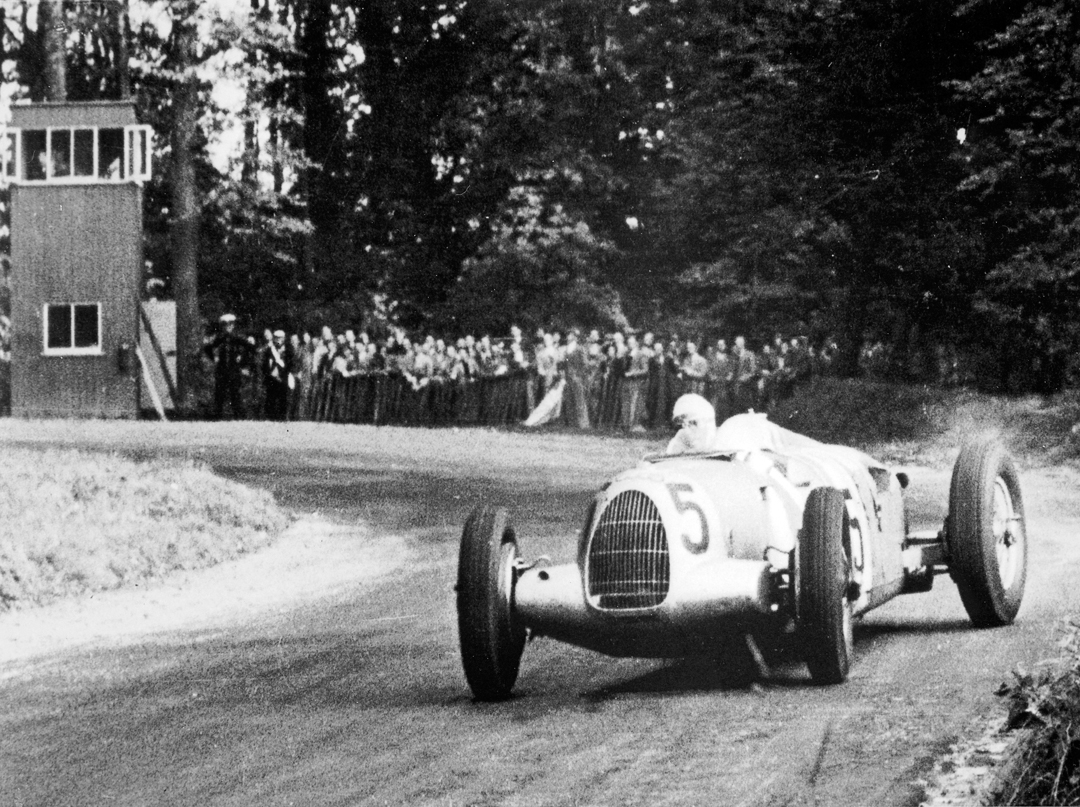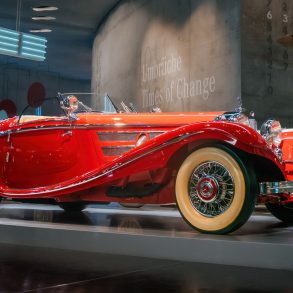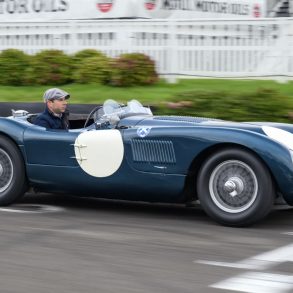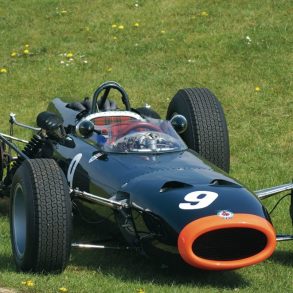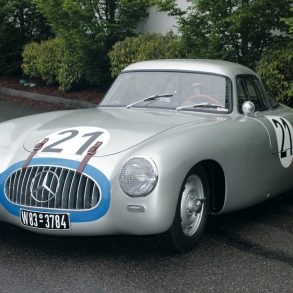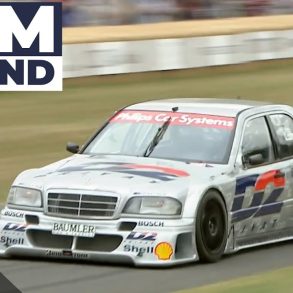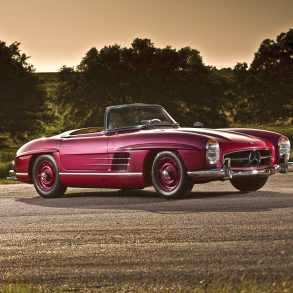This son of a German garage owner had never raced a car until May 26, 1935, at the superfast Avus circuit near Berlin. But by the end of 1936, he was the king of all he surveyed—the 1936 European Champion, with six Grand Prix victories to his credit. All scored in a real handful of a car—the rear-engined, supercharged, 4,951-cc Auto Union C-Type, with its swing axles and skinny tires—against people like the great Rudolf Caracciola and Hans Stuck.
Okay, so Bernd was used to competing in front of thousands of spectators, because he had won nine big-league motorcycle races for NSU and DKW in 1933 and 1934. But going from zero to hero, in cars, in only 18 months, just went to prove what a huge natural talent Rosemeyer was: definitely up there with Nuvolari, Fangio, Clark, Senna and Schumacher.
Become a Member & Get Ad-Free Access To This Article (& About 6,000+ More)
Access to the full article is limited to paid subscribers only. Our membership removes most ads, lets you enjoy unlimited access to all our premium content, and offers you awesome discounts on partner products. Enjoy our premium content.
Become a member today!
Already a Member?


